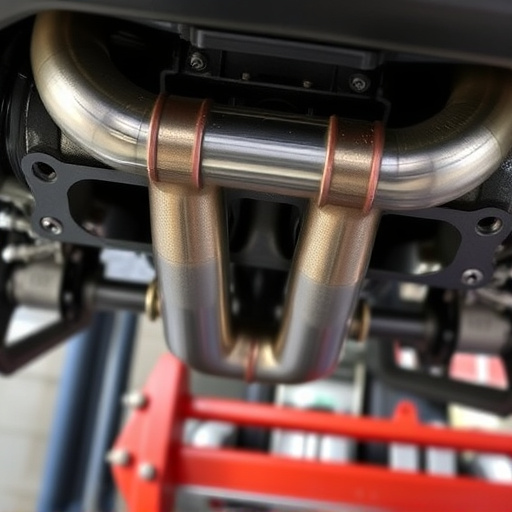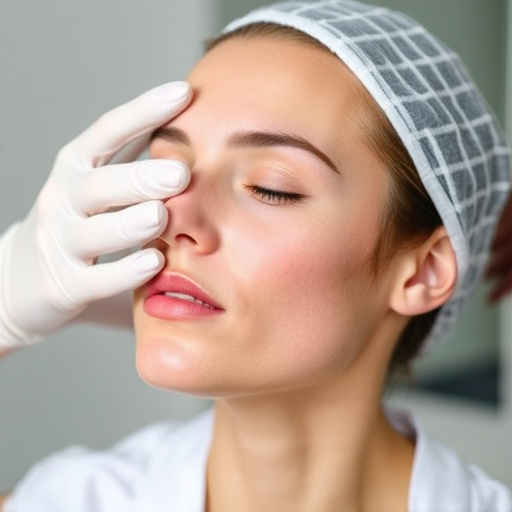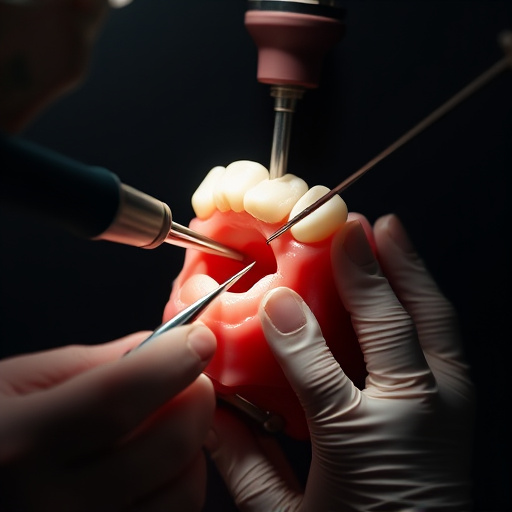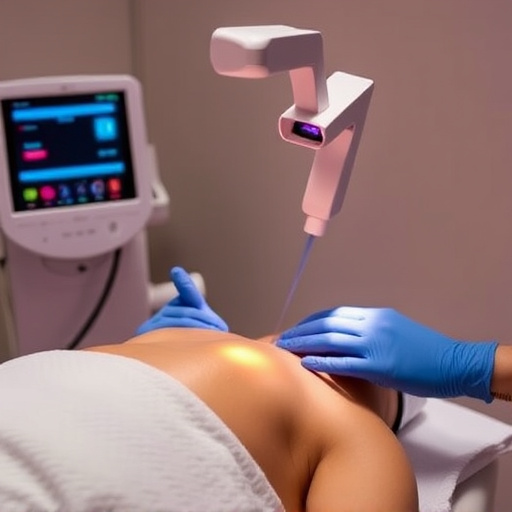Scar reduction therapy involves understanding various scar types—atrophic, hypertrophic/keloid, and stretch marks—and personalized treatment plans. Non-surgical methods like facials and pore refinement, combined with laser therapy and microneedling, stimulate collagen production for significant scar improvement. Consulting a dermatologist ensures tailored options, addressing visible scars and underlying skin concerns for comprehensive rejuvenation.
Scars, once a reminder of past injuries or surgeries, no longer have to define your appearance. With advancements in skincare, targeted scar reduction therapy offers a promising solution. This comprehensive guide delves into understanding scar formation, exploring various techniques like laser and topical treatments, and providing personalized tips for effective scar management. Discover how tailored scar reduction therapy can help you achieve smoother, less noticeable scars, enhancing your confidence and restoring your self-esteem.
- Understanding Scar Formation and Its Types
- Exploring Targeted Reduction Therapy Techniques
- Finding the Right Treatment Plan for You
Understanding Scar Formation and Its Types

Scars are formed when the skin’s collagen production increases during the healing process, leading to a change in texture and appearance. They can result from various causes, including acne, injuries, surgery, or even excessive stretching of the skin. Understanding the type of scar is crucial for effective treatment as different scars require specialized approaches.
There are several types of scars, each with its unique characteristics: atrophic scars, hypertrophic or keloid scars, and stretch marks. Atrophic scars result from a loss of tissue depth, often appearing as depressions in the skin, while hypertrophic or keloid scars involve an overproduction of scar tissue, leading to elevated, discolored lesions. Stretch marks, on the other hand, are caused by rapid stretching of the skin and often appear as thin, linear streaks. Non-surgical treatments, such as customized facials and pore refinement, offer effective scar reduction therapy for various types of scars, promoting smoother, more even skin.
Exploring Targeted Reduction Therapy Techniques

Targeted Reduction Therapy offers a range of innovative techniques to help minimize and even eliminate old scars. One such technique is laser therapy, which uses precise light energy to stimulate collagen production and remodel scar tissue. This non-surgical treatment can significantly improve the appearance of both atrophic and hypertrophic scars over multiple sessions.
Another effective method is microneedling, where tiny needles are used to create controlled micro-injuries in the skin, prompting the body to heal and generate new, healthy skin cells. When combined with professional skincare products and topicals, these non-surgical treatments can achieve remarkable scar reduction results, enhancing overall skin texture and tone while also addressing signs of aging, such as wrinkles.
Finding the Right Treatment Plan for You
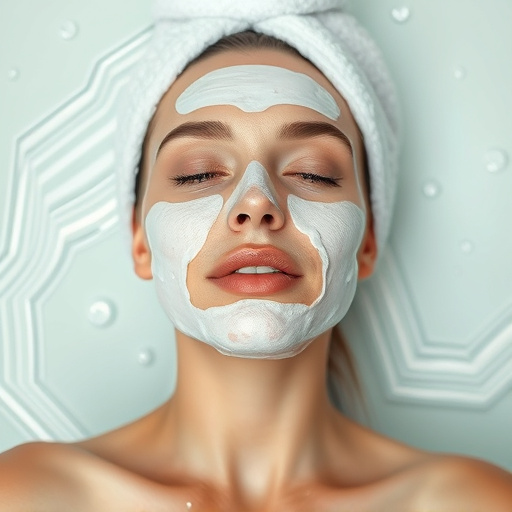
When considering scar reduction therapy, finding the right treatment plan involves understanding your specific needs and goals. Every individual’s skin is unique, so a customized approach is essential. Start by consulting with a dermatologist or certified skin care specialist who can assess your scars’ type, depth, and overall condition. They will discuss various options, including topical treatments, laser therapies, microdermabrasion, and customized facials, to determine the most effective methods for your particular case.
The key is to select a plan tailored to address not just the visible scar but also the underlying skin issues. For instance, if you’re looking to minimize pore refinement alongside scar reduction, treatments like chemical peels or specific laser procedures can help achieve that. Similarly, for those concerned with wrinkle reduction near scars, targeted injectables or non-invasive procedures might be recommended in conjunction with scar therapy for holistic skin rejuvenation.
Scar reduction therapy offers a promising solution for those seeking to minimize the appearance of old scars. By understanding scar formation and exploring various targeted reduction techniques, individuals can find tailored treatment plans that address their specific needs. With dedicated care and the right approach, achieving smoother, less noticeable scars is within reach, allowing you to reclaim your confidence and embrace a more even skin texture.



